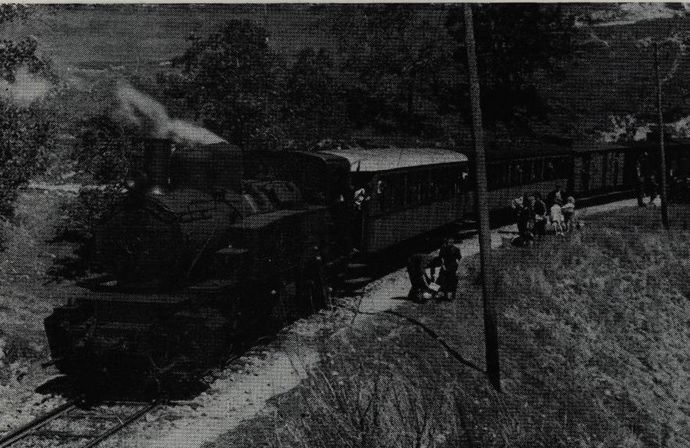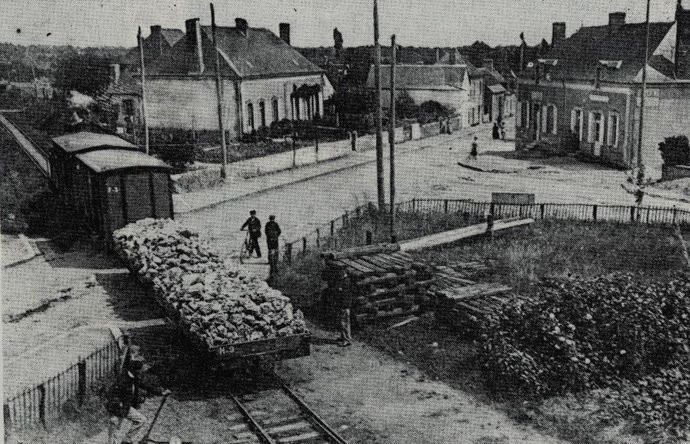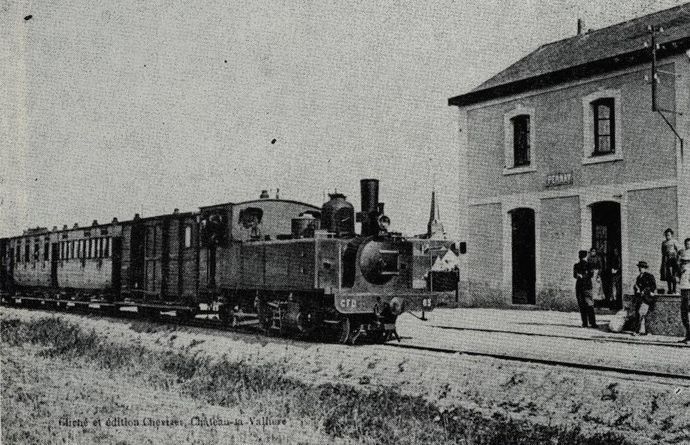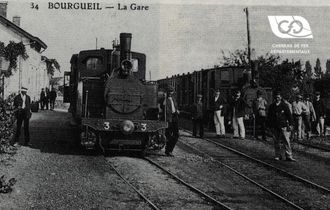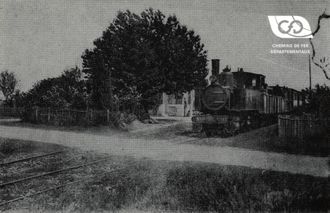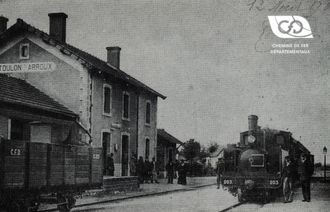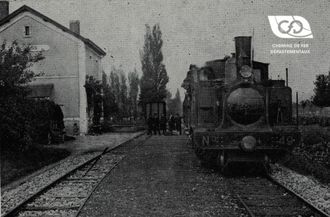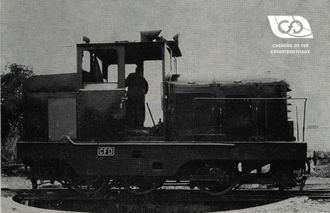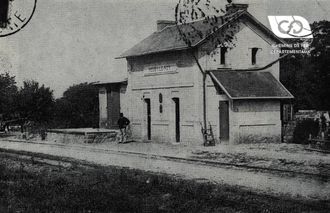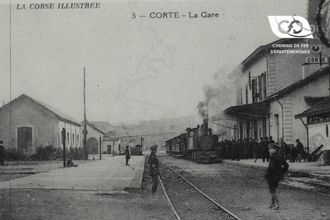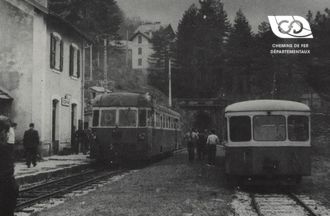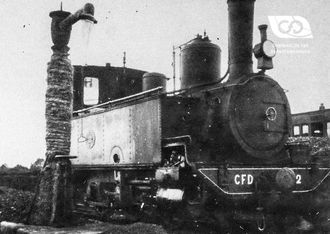Administration
The head office and the offices of the Central Administration were initially located in Paris, 20, avenue de l'Opéra; it was later transferred to 5, rue Louis-le-Grand, and finally to 10, avenue de Friedland. It was still there in the 1980s. During the two wars, the offices of the Central Administration were evacuated to Saint-Jean-d'Angély on the Charente network.
From the start of operations, local departments were set up in the CFD centres. These included senior officers from the three services (EX, VB and MT). The head of operations was the Special Agent for the Single Track (A.S.V.U.) and all the other heads of service were placed under his authority.
